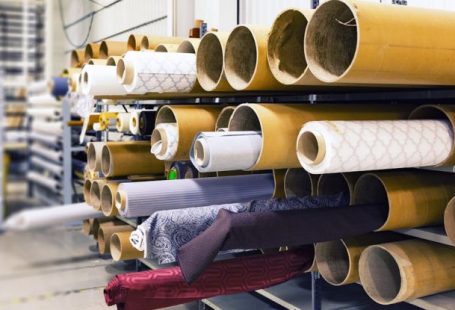Streetwear has undeniably been a dominant force in the fashion industry for the past few years. What started as a subculture has now become a mainstream trend embraced by people from all walks of life. The question on many minds today is: will streetwear continue to appreciate, or is it just a passing fad? Let’s delve into the factors that have contributed to the rise of streetwear and explore whether this trend is here to stay.
The Rise of Streetwear
Streetwear emerged from the streets of urban cities, influenced by skate, surf, hip-hop, and punk subcultures. Brands like Supreme, Off-White, and Palace have played a significant role in bringing streetwear to the forefront of fashion. What sets streetwear apart is its casual and comfortable aesthetic, often characterized by graphic t-shirts, hoodies, sneakers, and oversized silhouettes. The appeal of streetwear lies in its ability to blend high fashion with everyday wear, making it accessible and relatable to a wide audience.
Celebrity Endorsements and Collaborations
One of the driving forces behind the popularity of streetwear is the endorsement by celebrities and influencers. Artists like Kanye West, Rihanna, and A$AP Rocky have all been instrumental in shaping the streetwear landscape through their personal style and fashion collaborations. High-profile collaborations between streetwear brands and luxury fashion houses, such as Louis Vuitton x Supreme and Nike x Off-White, have further propelled streetwear into the mainstream and elevated its status within the industry.
The Influence of Social Media
The rise of social media has had a profound impact on the fashion industry, particularly in the realm of streetwear. Platforms like Instagram, TikTok, and Twitter have democratized fashion, allowing individuals to showcase their personal style and influence trends on a global scale. Streetwear brands have leveraged social media to connect with their audience, create hype around product releases, and cultivate a sense of community among their followers. This direct line of communication has helped streetwear brands stay relevant and adapt to the ever-changing demands of consumers.
Sustainability and Ethical Practices
As consumers become more conscious of the environmental and social impact of their purchasing decisions, sustainability has become a significant consideration in the fashion industry. Streetwear brands are increasingly incorporating sustainable materials, ethical manufacturing practices, and transparent supply chains into their business models. This shift towards sustainability not only appeals to a more eco-conscious consumer base but also positions streetwear brands as responsible industry leaders.
The Future of Streetwear
Despite its meteoric rise, the future of streetwear remains uncertain. As with any trend, there is always the risk of oversaturation and fatigue among consumers. To continue to thrive, streetwear brands will need to innovate, adapt to changing consumer preferences, and maintain the authenticity that has made them successful. Collaboration with other brands and artists will continue to be a key strategy for staying relevant and reaching new audiences.
The Verdict: A Lasting Legacy?
In conclusion, the question of whether streetwear will continue to appreciate is a complex one. While the trend shows no signs of slowing down, its long-term sustainability will depend on how well brands can evolve and meet the evolving needs of consumers. By staying true to their roots, embracing sustainability, and fostering a sense of community, streetwear has the potential to leave a lasting legacy in the fashion industry. Only time will tell if streetwear will stand the test of time or fade into fashion history.





